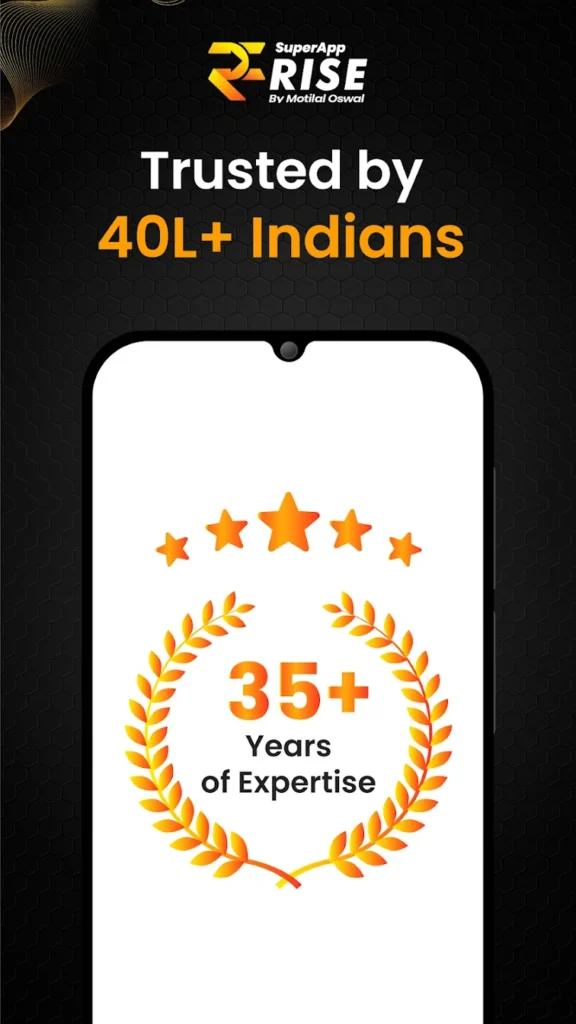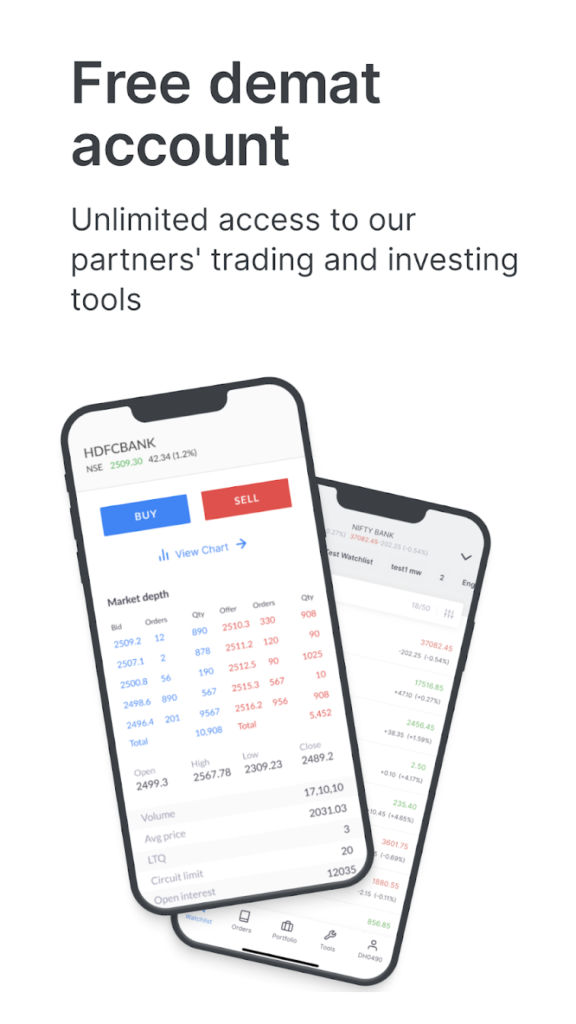Introduction: Why Financial Planning Apps Matter for Modern Businesses
Financial planning has evolved beyond spreadsheets and manual forecasting. In today’s data-driven landscape, business leaders require intelligent, secure, and scalable tools that go beyond basic budgeting. Whether you’re managing a startup’s burn rate or handling cash flow projections for a growing enterprise, financial planning apps help ensure fiscal health, align strategic goals, and maximize ROI. At bti.to, we aim to guide you through selecting the best financial planning apps suited to your business needs.
Top Financial Planning Apps for Business Professionals
We’ve reviewed several leading financial planning tools based on features, ease of use, integrations, security, pricing, and real-user feedback. Here are the top contenders:
1. LivePlan: Best for Strategic Business Planning
Key Features
- Budget forecasting and financial modeling
- Investor-ready pitch templates
- Integrates with QuickBooks and Xero
- Visual dashboards and performance metrics
Pros
- Clean interface suitable for non-finance users
- Collaboration tools for teams
- Excellent customer support
Cons
- Limited advanced analytics
- No native mobile app
Pricing
Starts at $20/month billed annually. Offers a 60-day money-back guarantee.
Best Use Case
Ideal for startups, consultants, and small businesses crafting business plans or seeking funding.
“LivePlan helped me present a solid plan to investors and track performance in real time.” – Emily R., Founder, Tech Startup
2. Fynanc: AI-Powered Financial Management
Key Features
- AI-driven forecasting models
- Real-time financial dashboards
- Scenario analysis and automated alerts
Pros
- Highly customizable
- Automated recommendations powered by AI
- Multi-user access with granular permissions
Cons
- Less known; smaller community support
- Mobile access limited to web interface
Pricing
Custom pricing based on company size and features. Offers a free demo upon request.
Best Use Case
For mid-sized to large businesses needing AI-backed strategic planning and insight-driven decision-making.
3. PlanGuru: Advanced Analytics for Accountants & CFOs
Key Features
- Over 20 forecasting methods
- Financial statement creation
- Import from Excel and QuickBooks
Pros
- Powerful forecasting and budgeting tools
- Ideal for finance professionals
- Detailed reporting capabilities
Cons
- Steeper learning curve
- Outdated UI
Pricing
$99/month for a single user. Additional users cost $29/month.
Best Use Case
Preferred by financial consultants, analysts, and CFOs managing multiple client accounts or departments.
4. Simplifi by Quicken: Financial Control for Entrepreneurs
Key Features
- Cash flow tracking
- Goal planning and budgeting
- Cross-device sync
Pros
- Simple and clean user interface
- Mobile-first experience
- Good for freelancers and solopreneurs
Cons
- Lacks enterprise features
- No forecasting or scenario tools
Pricing
$47.88/year with a 30-day free trial.
Best Use Case
Perfect for solo entrepreneurs or side-hustle owners looking to get a grip on cash flow.
5. Float: Cash Flow Clarity for Growing Businesses
Key Features
- Cash flow forecasting
- Sync with QuickBooks, Xero, and FreeAgent
- Multiple scenario planning
Pros
- Intuitive visualizations
- Reliable and secure integrations
- Useful for financial teams and startups
Cons
- Pricing can be high for small teams
- Forecasting options could be more advanced
Pricing
Starting at $59/month. 14-day free trial available.
Best Use Case
Best suited for SMBs seeking real-time insights into their cash position and burn rate.
6. Centage: Enterprise-Grade Financial Intelligence
Key Features
- Automated budgeting, forecasting, and reporting
- Robust scenario modeling
- ERP integration (NetSuite, Sage, Microsoft Dynamics)
Pros
- Powerful enterprise tools
- Excellent support for complex organizations
- Audit-ready reports
Cons
- Requires onboarding and training
- Pricing is on the higher end
Pricing
Custom pricing; tailored to enterprise needs. Offers onboarding support and demos.
Best Use Case
Ideal for large enterprises managing multiple departments, locations, and financial strategies.
Comparative Table: Which App Fits Your Business?
| App | Best For | Pricing | Key Integration |
|---|---|---|---|
| LivePlan | Startups & Consultants | $20/mo | QuickBooks, Xero |
| Fynanc | Mid-Large Business | Custom | Custom ERP |
| PlanGuru | Accountants, CFOs | $99/mo | Excel, QuickBooks |
| Simplifi | Solo Entrepreneurs | $47.88/yr | Bank sync |
| Float | SMBs | $59/mo | Xero, FreeAgent |
| Centage | Enterprises | Custom | NetSuite, Dynamics |
Security & Integration Considerations
All reviewed apps offer essential security protocols including data encryption and role-based access. Centage and Fynanc go further with enterprise-level security and compliance features. Integration-wise, QuickBooks and Xero are common denominators. For teams using ERP systems, Centage stands out for its flexibility.
Conclusion: Which One Should You Choose?
Your ideal financial planning app depends on your business size, team structure, and financial goals:
- Startups should lean toward LivePlan for investor planning and strategy mapping.
- Established SMBs may find Float perfect for clear, real-time cash flow insights.
- Finance professionals looking for granular control should consider PlanGuru.
- Solo founders or freelancers can benefit from the affordability and simplicity of Simplifi.
- Enterprise leaders needing complex financial modeling and compliance will appreciate Centage.
At bti.to, we continually test and evaluate the best tools so you can focus on growing your business. Use our insights to streamline financial planning and make data-backed decisions confidently.


